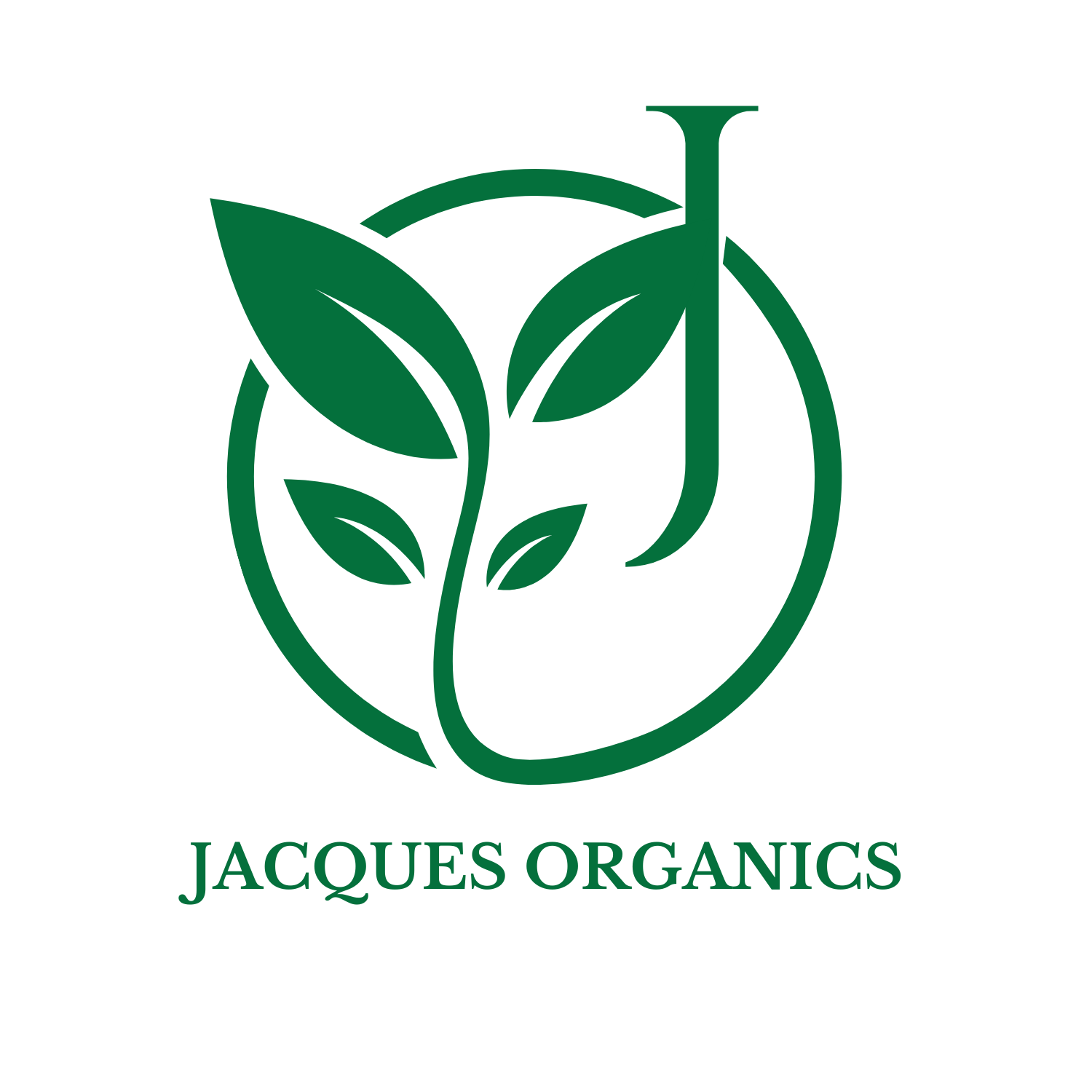Tea is celebrated for its antioxidants, but not all teas have the same concentration. Understanding the differences helps you choose the most health‑boosting brew.
Comparing the teas:
– Green tea: rich in catechins, especially epigallocatechin gallate (EGCG), which fight free radicals.
– Matcha: a powdered green tea made from shade‑grown leaves; since the whole leaf is consumed, it offers the highest concentration of antioxidants.
– White tea: minimally processed young leaves and buds with a delicate flavour and high antioxidant levels.
– Oolong tea: partially oxidized; provides a balance of catechins and theaflavins, offering both antioxidant and metabolic benefits.
– Black tea: fully oxidized leaves; contains theaflavins and thearubigins that support heart health, though with fewer catechins than green tea.
– Herbal infusions (e.g., rooibos, hibiscus): naturally caffeine‑free and rich in unique antioxidants such as aspalathin in rooibos and anthocyanins in hibiscus.
Brewing tips:
– Use fresh, filtered water and avoid boiling for green and white teas (temperatures of 70‑85 °C preserve delicate antioxidants).
– Steep green and white teas for 2–3 minutes, oolong for 3–5 minutes, and black tea for 3–5 minutes.
– Matcha is whisked into water rather than steeped; choose high‑quality ceremonial grade powder.
By choosing high‑antioxidant teas like matcha, green or white, and steeping them properly, you can maximise the health benefits in every cup.
